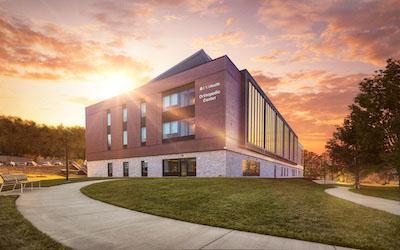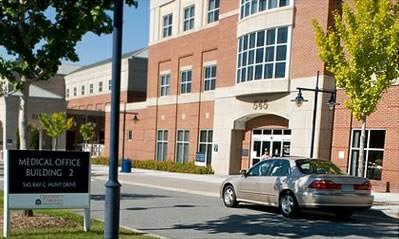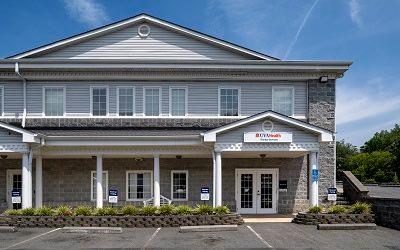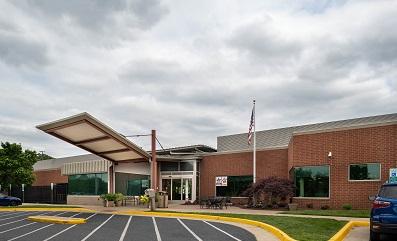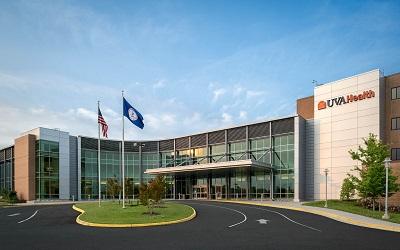Physical Therapy
After an injury or illness, you deserve the best chance to regain function, independence, and a high quality of life. Our caring physical therapy experts use the most advanced techniques to help you heal. They also provide the support you need during your recovery.
Why Choose Physical Therapy at UVA Health
We use the most advanced equipment and latest therapies to speed your recovery. We offer evaluation and treatment for mobility, balance, coordination, and musculoskeletal problems — all scheduled at your convenience
Aquatic Therapy: Easier on Your Joints
Aquatic physical therapy is physical therapy in the water.
Because water lacks the weight of gravity, people can often do exercises to build strength and range of motion they couldn't do on land. And water workouts don't stress and strain your joints. This makes it an ideal option if you have inflammation, osteoarthritis, or other pain and balance issues.
Aquatic therapy can help you manage:
- Preparation for surgery
- Post-surgery recovery
- Balance problems
- Weakness
- Pain
- Low back pain
- Multiple sclerosis
- Fibromyalgia
- Spinal cord injury
- Poor tolerance to land exercise
- Hip, knee, or ankle pain/issues
- Stroke
- CVA (cerebrovascular accident)
Reduce Muscle Pain With Dry Needling
Trigger points of pain and tightness can limit your ability to move and your muscles to function.
Dry needling treats these trigger points. The treatment uses small, acupuncture-style needles. A physical therapist inserts these into your muscle.
Dry needling, paired with other treatments, can effectively:
- Reduce pain
- Improve range of motion
- Increase muscle strength
- Control & improve function
Our Physical Therapy Services
- Aquatic therapy
- Athletic rehabilitation
- Balance/Vestibular training
- Cancer rehabilitation
- Gait & mobility training
- LSVT BG therapy for Parkinson's disease
- Lymphedema therapy
- Manual/myofascial therapy
- Neurological rehabilitation (stroke, brain injury, concussion, Parkinson's disease, spinal cord injury, multiple sclerosis
- Orthpedic/musculoskeletal training exercise
- Osteoporosis/exercise training
- Pain managment
- Pediatric therapy
- Prosthetic/orthotic training
- Spine stabilization
- Treatment of urinary incontinence
- Trigger point dry needling
